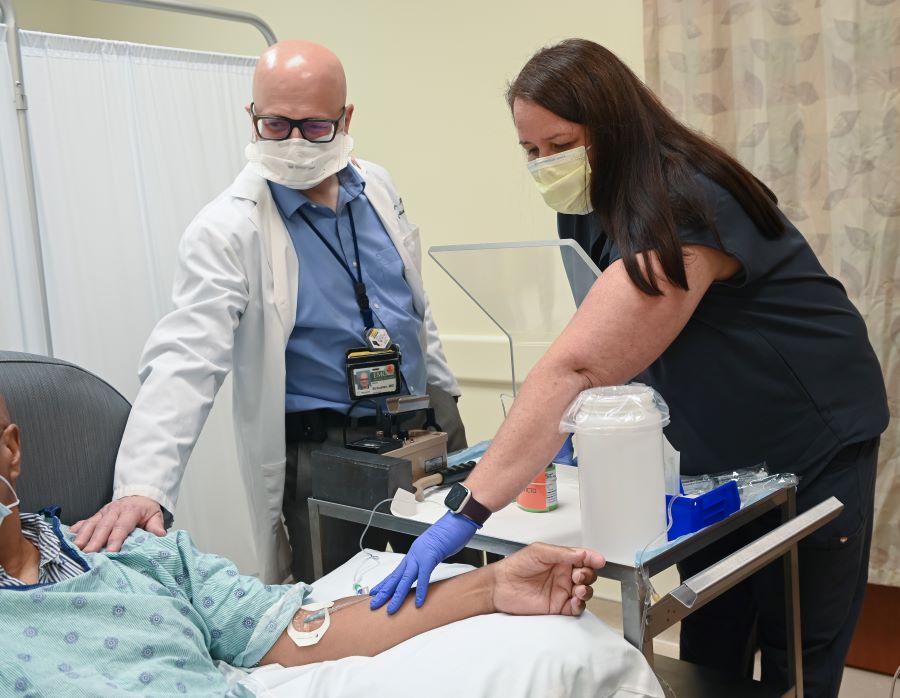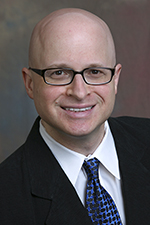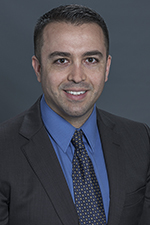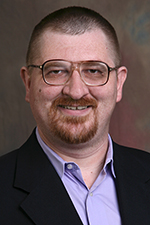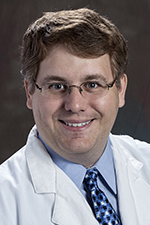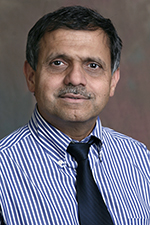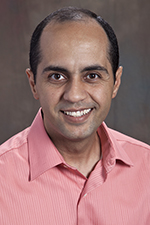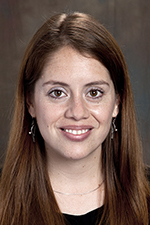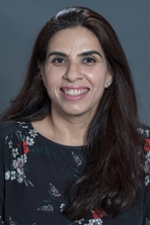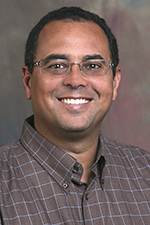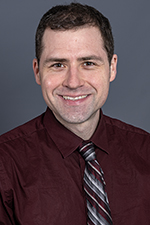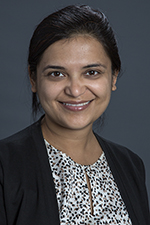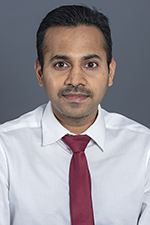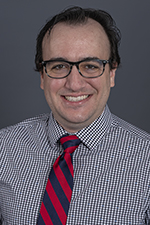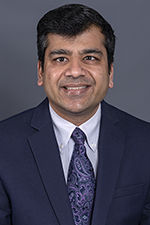Theragonstics is an evolving and expanding medical field based on therapeutic interventions after imaging to verify the presence of a biological target. Combining advanced radiopharmaceutical theragnostics and cutting-edge imaging technologies, we offer a team-based approach to detecting and treating cancers and other conditions in partnership with Winship Cancer Institute of Emory University. We continue to advance knowledge and quality of care through innovative clinical and translational research. Our comprehensive approach in collaboration with Winship Cancer Institute of Emory University, an NCI-designated Comprehensive Cancer Center, is why Emory has been designated Georgia's first and only Comprehensive Radiopharmaceutical Therapy Center of Excellence by the Society of Nuclear Medicine and Molecular Imaging.
A Personalized Team Approach to Theragnostics
Nurse navigators, nuclear medicine technologists, and medical physicists join our nuclear medicine and molecular imaging physicians in providing personalized, holistic care of our patients. What does that mean? It means we meet with each patient to assess eligibility for a specific targeted therapy and then develop a personalized treatment approach for that patient. We take primary responsibility for therapeutic decisions in collaboration with our colleagues in medical oncology, urology, endocrinology, and other specialties.
Our radiotherapeutics include the following:
- Radioactive iodine therapy (Nal-131) for differentiated thyroid cancer and hyperthyroidism;
- Lu-177 DOTATE therapy for metastatic, inoperable and well-differentiate neuroendocrine tumors;
- Lu-177 PMSA therapy for castrate-resistant prostate cancer; and
- Ra-223 for painful bone metastases.
We additionally offer Y-90 microsphere liver therapy in cooperation with our colleagues in the Division of Interventional Radiology and Image-Guided Medicine using a theragnostic approach.
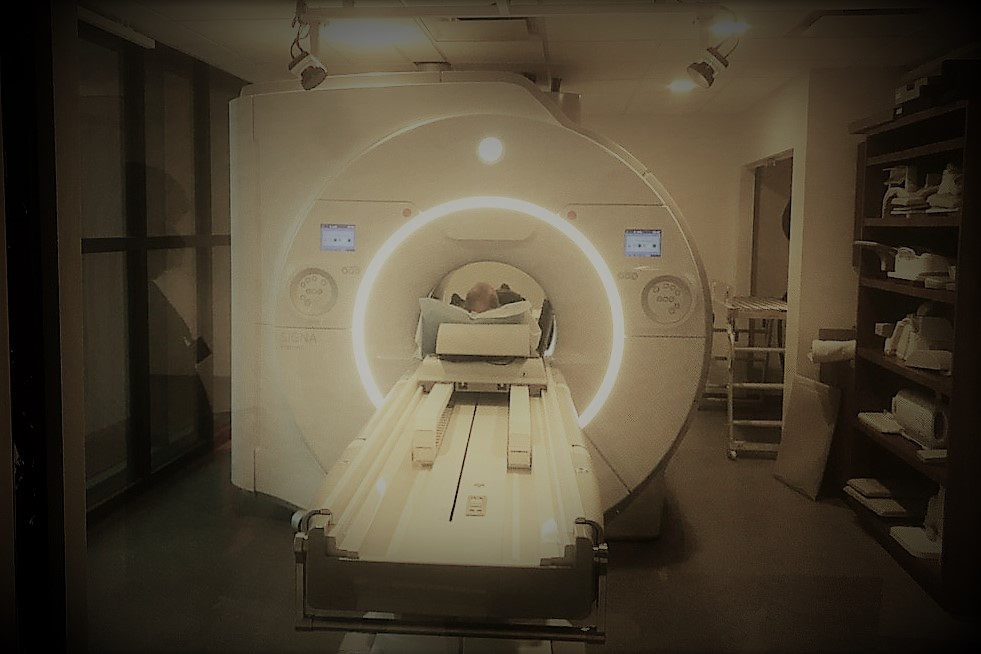
Advanced Imaging Capabilities
When providing specialized nuclear medicine theragnostics, we leverage an impressive array of imaging technology. Not only do we use hybrid imaging such as PET/CT and SPECT/CT, we are the only health-care provider in Georgia offering 3.0T whole body MR and time-of-flight whole-body PET by a single, integrated scanner. We are experts in advanced cardiac modalities such as SPECT and PET perfusion, viability, and sarcoid imaging.
We employ multimodality coregistration and analysis on advanced workstations serving our clinical locations at Emory University Hospital, Emory University Hospital Midtown, Emory Saint Joseph’s Hospital, Emory Johns Creek Hospital, Emory Decatur Hospital, Emory Hillandale Hospital, Grady Memorial Hospital and the Atlanta Veterans Affairs Medical Center.

Training the Next Generation
To further advance the field of nuclear medicine and molecular imaging, we are training the next generation of specialists through four programs:
- Nuclear Medicine Residency,
- Nuclear Radiology Fellowship,
- PET/CT (Molecular Imaging and Theragnostics) Fellowship, and
- Molecular Imaging in Medicine Track in the Diagnostic Radiology Residency Program.
We also are actively engaged in the Emory Radiology Global Health Initiative.
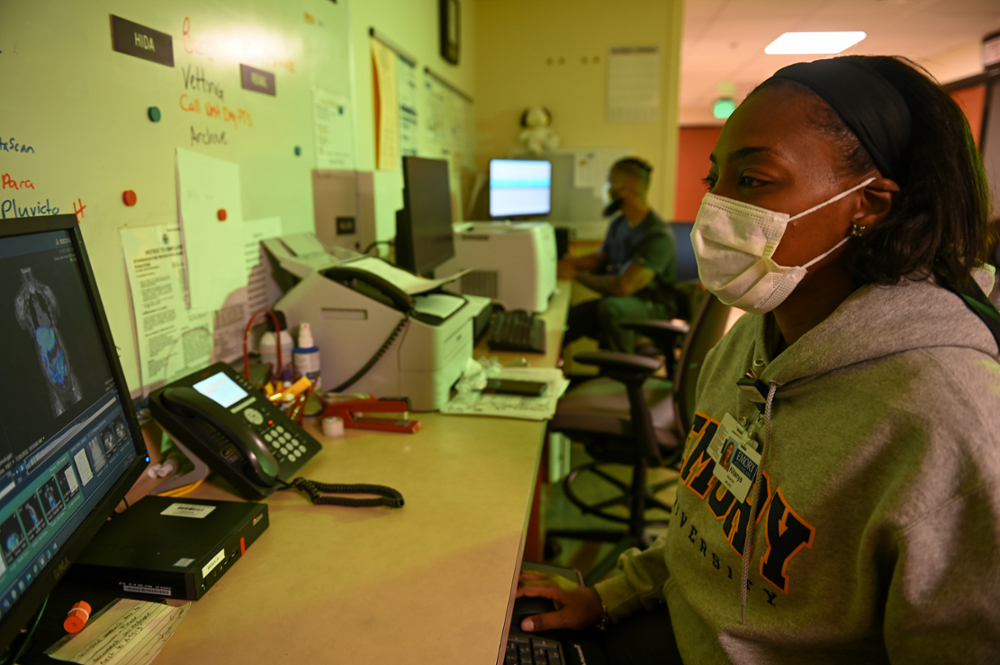
Leading Through Research
We are involved in both scientific and translational research around imaging biomarker development and translation. Technology available to our researchers extends beyond the fleet of clinical scanners to include the Center for Systems Imaging's high-resolution brain PET imaging, micro-PET/CT for animal research, a research cyclotron and growing Radiopharmaceutical Discovery Lab led by Steven Liang, PhD. Division faculty and trainees are integrally involved in research in collaboration with colleagues in other Emory Radiology divisions and other departments in the Emory School of Medicine, including the Department of Cardiology and the Department of Urology. Much of our research, especially clinical trials, occur in collaboration with Winship Cancer Institute of Emory University.
Renowned Faculty
There are many paths to practicing nuclear medicine and molecular imaging and no one path produces a physician more eminently qualified over another. Instead, we value the contributions and insights of those who trained in nuclear medicine, nuclear radiology, nuclear cardiology, and related disciplines. This diversity is our strength and it yields not only oustanding clinical care, but also exceptional training for the next generation of nuclear medicine and molecular imaging specialists.


